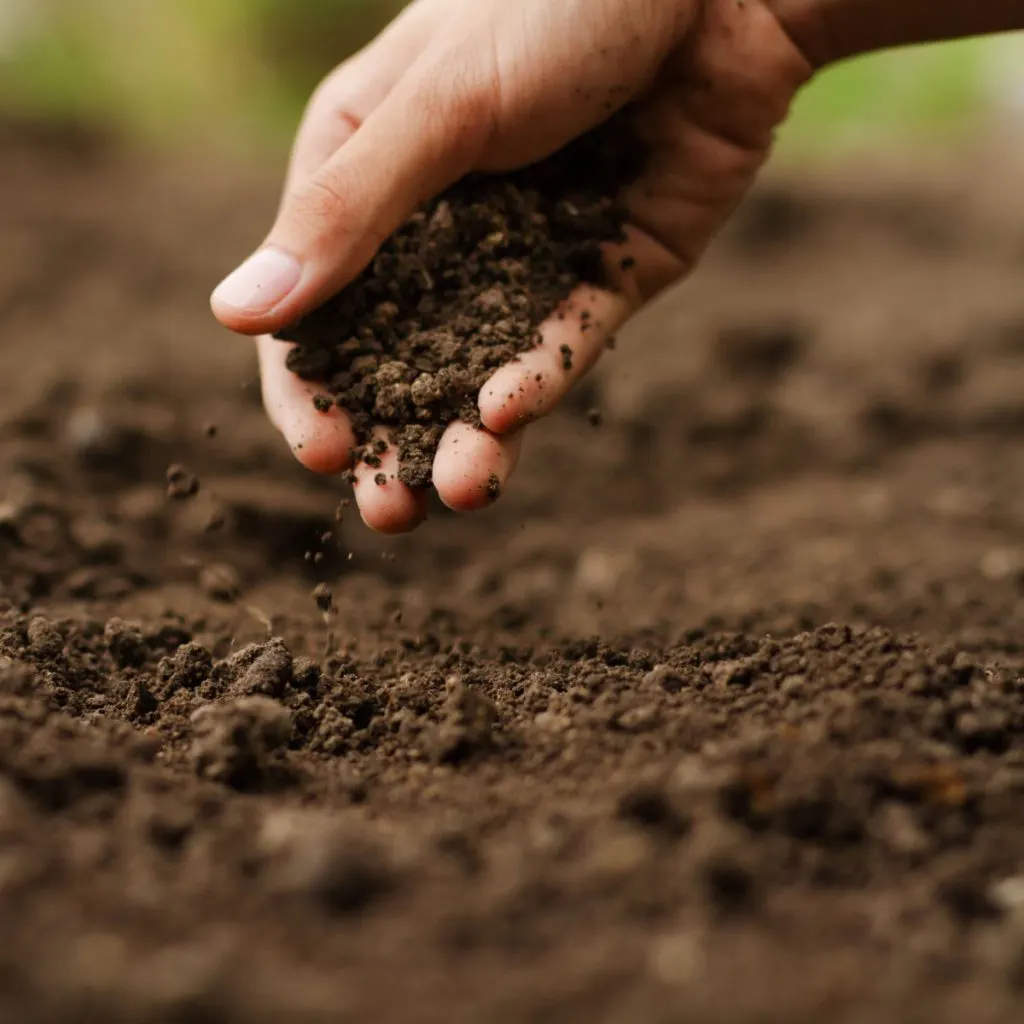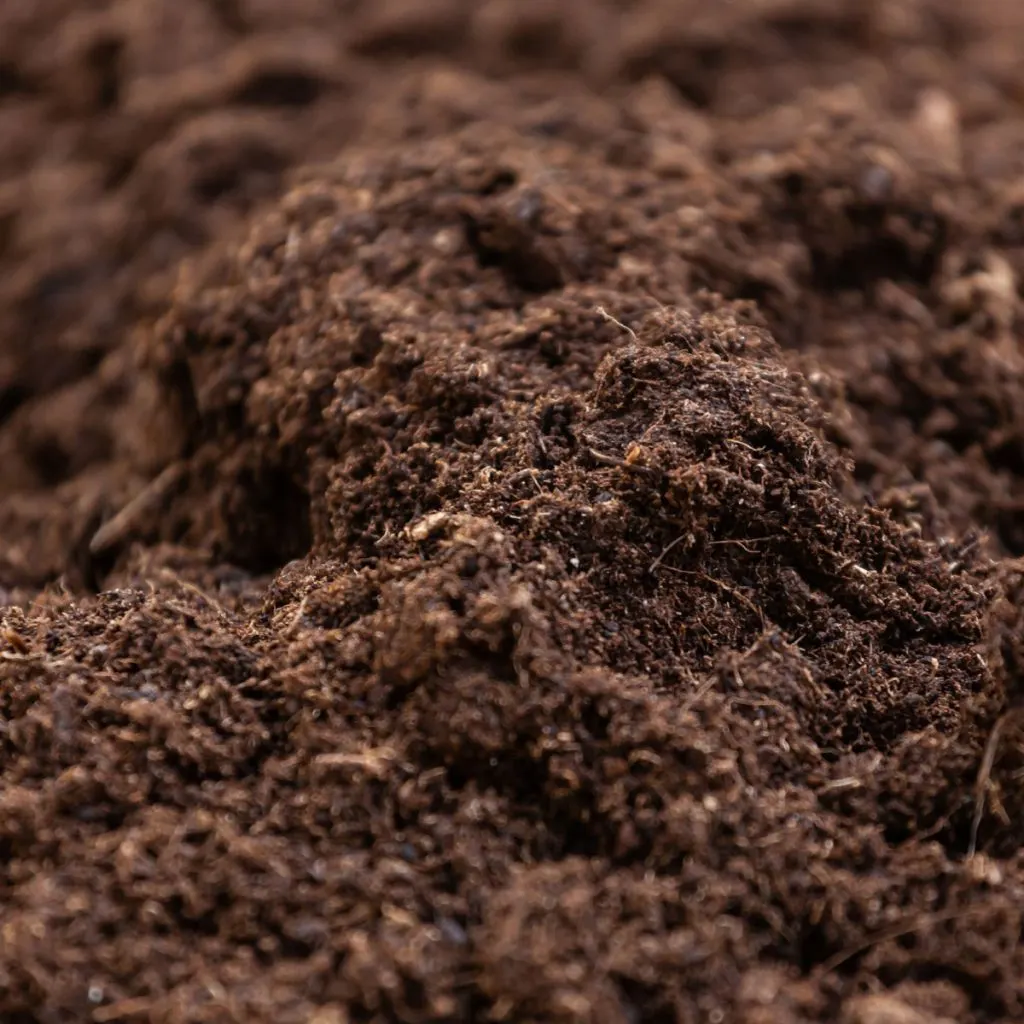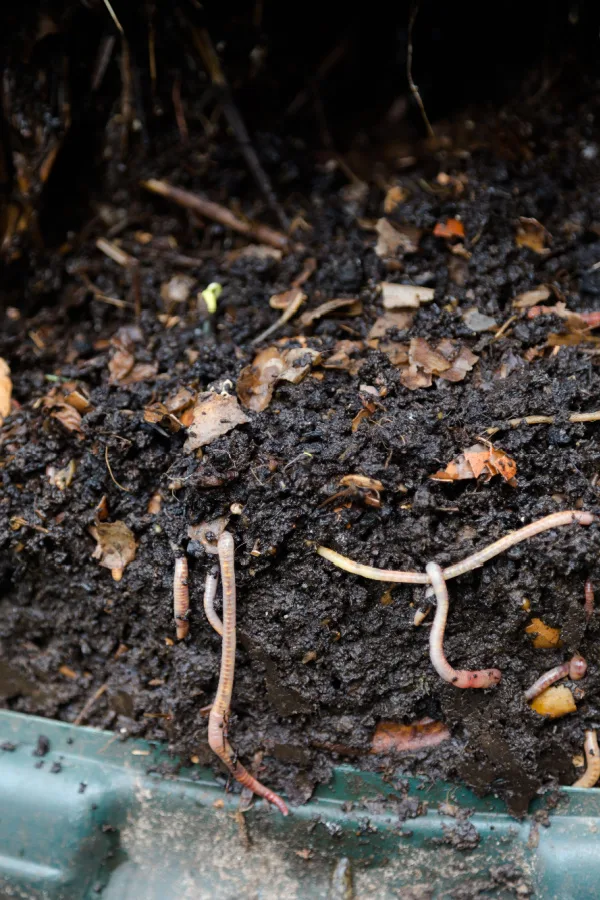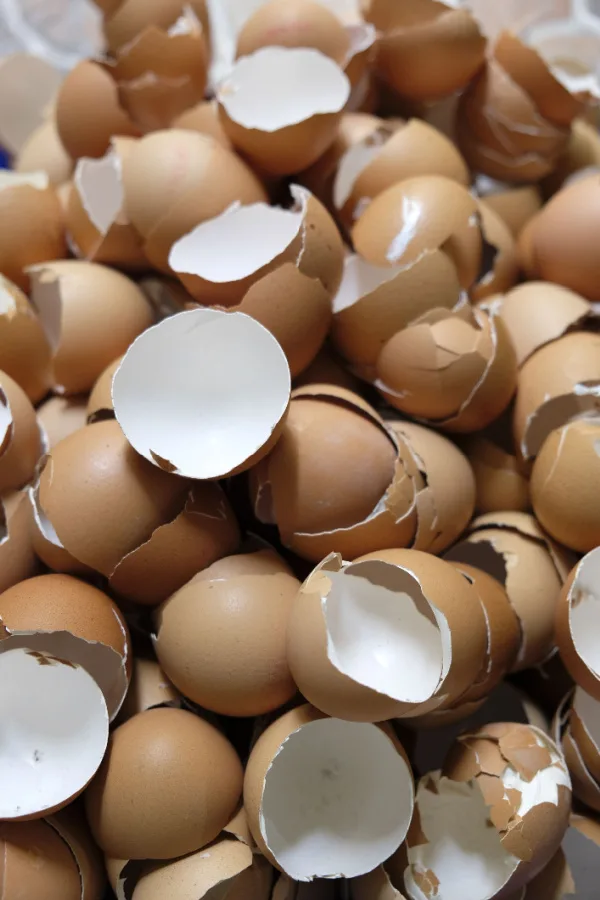Looking for a few simple ways to recharge and power up your garden soil before spring planting?
As winter slowly begins to wind down, gardeners everywhere begin to get excited for the new growing season ahead. But before you ever plant that first seed or transplant in the ground this spring – there is one incredibly important task to take on – and that’s recharging your soil!
Unfortunately, if you will be gardening in the same space as last year – your soil might not be ready to power your plants to a big harvest. The crops you grew last year can all but deplete essential nutrients, leaving the soil far less fertile. And even more – leave it with far less structure and stability.

The Secret To Recharging Garden Soil
Recharging soil isn’t just about adding back the nutrients it lost. It’s also about restoring the structure, microorganisms and life beneath the surface. Healthy soil supports strong plant growth, wards off disease, and helps retain moisture.
Every plant that grows in your garden takes nutrients from the soil to fuel its growth. Tomatoes, peppers, zucchini, and other popular crops are heavy feeders. Because of this, they consume large amounts of nitrogen, phosphorus, potassium, calcium, and other essential elements.
By the time a single growing season ends, the soil’s nutrients can be all but gone. And along with it, the soil become weaker as well. Soil will become more crumbly as organic matter disappears. When it does it has trouble holding moisture and nutrients. It also struggles to maintain healthy bacteria and structure.
Unfortunately, adding basic fertilizers in-season simply isn’t enough to overcome tired soil. If the soil is weak and has little structure, there is nothing to hold the fertilizer or moisture in long enough to help plants. And because of that, your plants will still suffer.

3 Simple Ingredients That Can Bring Your Soil Back To Life
The good news is that recharging and adding life, structure and nutrients back to your garden soil isn’t difficult. In fact, with three simple ingredients – compost, eggshell powder, and coffee grounds – you can transform your tired soil into a nutrient-rich haven for plants. But how you use these three ingredients matters greatly!
Applying compost, eggshell powder, and coffee grounds across the entire garden may seem efficient, but it’s not the most effective approach. Plants absorb nutrients primarily through their root zones, so concentrating amendments where roots will grow- like in the actual growing rows or planting holes helps deliver the most benefit.
Whether you grow in raised beds or a traditional garden, it’s important to make the most of these materials when putting them in your garden soil. With that in mind – here is a look at why and how to use each in your garden to re-energize your soil.
1. Compost – The Ultimate Food For Soil
Compost is often called “black gold” for a good reason. It’s packed with nutrients, improves soil structure, and feeds beneficial microbes that create a vibrant underground soil system.
Compost provides numerous benefits to your soil. It delivers essential nutrients, such as nitrogen, phosphorus and potassium. It also holds a large amount of trace minerals, all of which are crucial for robust plant growth.

But well beyond nutrient enrichment, compost also improves soil structure. It does this by adding large amounts of humus to the soil – breaking up heavy soils, while giving sandier soil types more heft. And better yet, the organic matter in compost acts like a sponge. Because of this it significantly improves the soil’s ability to retain moisture.
Unfortunately, most gardeners don’t have an unlimited supply of compost – so it’s important to get the most out of what you have!
Applying Compost Effectively To Recharge Garden Soil
For maximum benefit, spread a 2-4 inch layer of compost directly over your planting rows before you plant. This is far better than applying to the entire garden, as it puts the compost right where it’s needed most.
Then, when planting seedlings, mix a few handfuls of compost into each hole to give plants a nutrient boost from day one. For seeds, put an inch or two of compost all along the bottom of your seed trench.
The compost on top will leach it’s nutrients down into the soil. As it breaks down, it will also add structure and humus. Meanwhile, the compost directly in the planting and seed holes will provide easy root growth and a ready-to-go supply of nutrients.

You can also use compost one final way during the growing season – as a side dressing. Once plants establish, add a few inches of compost around the base as a side dressing. This too will help to supply ongoing nutrients every time it rains or you water.
2. Recharging Garden Soil With Eggshell Powder
Eggshells are a simple, cost-effective way to add calcium to your garden soil. Calcium plays a crucial role in cell wall development, helping plants grow strong stems. Even more, it helps plants stave off soil deficiencies that cause blossom end rot in tomatoes and peppers.
But just like compost, how you use egg shells can make a big difference in just how easily your soil and plants can take it in. Partial egg shells can take months to break down – but egg shell powder can help almost immediately!
By simply taking time to wash, dry and grind up the egg shells with a coffee grinder or blender, you can create ultra-fine egg shell powder. This powder can then be sprinkled on top of your garden soil to start leaching calcium down into the soil. Affiliate Link: Electric Coffee Grinder
Much like with compost, it’s best to concentrate your egg shell powder in the soil areas where you will directly be growing plants. Then, as you plant your transplants or seedlings, add the powder into the planting holes or rows.
To recharge garden soil for transplants, add one to two tablespoons of egg shell powder. For seedling rows, sprinkle 1/8th inch all along the trench before sowing seeds. Last but not least, you can also sprinkle a few tablespoons of powder on top of the soil around plants in season. Again, the nutrients will leach down to help power growth. For more on this, see our article: The Best Way To Use Egg Shells In Your Garden

3. Adding Nitrogen & Structure With Coffee Grounds
Coffee grounds are one of the most excellent natural sources of nitrogen – and organic matter. The nitrogen in spent coffee grounds is essential for powering plant growth. It can be incredibly beneficial in the early growth of nitrogen-hungry crops like tomatoes, corn and peppers – and the overall growth of lettuce, spinach, kale and other salad crops.
The organic matter in coffee grounds mixes quickly with the soil. It not only powers it but helps add structure, all while improving better water retention.
Before your garden season begins, you can actually just “plant” spent grounds and the coffee filter they came in directly into your garden soil. The paper filters are bio-degradable and help to add more humus to the soil. And they break down fast as well!
Again, try to place the grounds and filters into your main planting rows and areas where it can do the most good. When planting transplants, place two tablespoons of spent grounds in every planting hole. Like egg shells and compost, this will put power right at the root level from the get-go.
One final note on coffee grounds – stay away from decaffeinated and flavored grounds. They can contain additional chemicals that can be harmful to soil and plants.
As you can see – recharging your garden soil doesn’t have to require expensive fertilizers or complicated techniques. By simply using compost, eggshell powder, and coffee grounds, you can recharge the soil with powerful nutrients and help rebuild its structure.
This Is My Garden
Follow Our Facebook Page For Great Gardening Tips And Advice! This Is My Garden Facebook Page
This Is My Garden is a garden website created by gardeners, for gardeners. Jim and Mary Competti have been writing gardening, DIY and recipe articles and books and speaking for over 15 years from their 46 acre Ohio farm. They publish three articles every week, 52 weeks a year. Sign up today to follow via email, or follow along!
